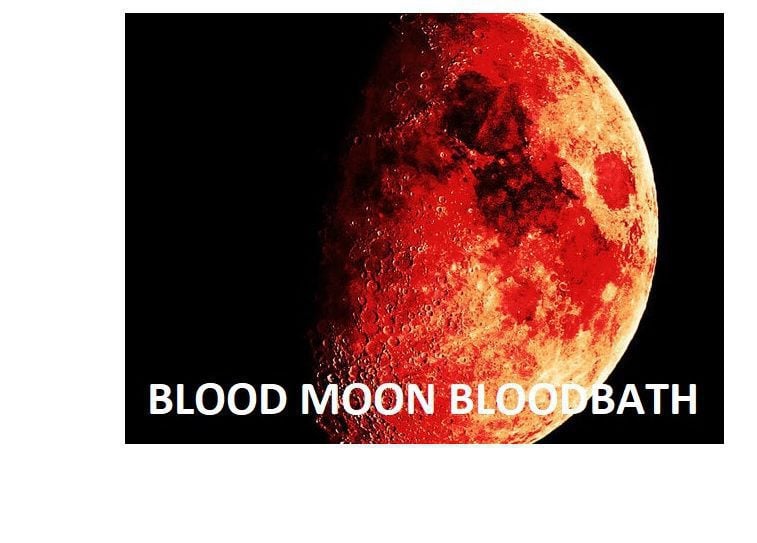The early adopters of the alphabet cared about their personal hygiene, judging by the inscription on the side of an ancient ivory comb
Humans
9 November 2022
An ancient ivory comb with an inscription about head lice Dafna Gazit/Israel Antiquities Authority
The oldest readable sentence written using the first alphabet has been found on the side of an ivory comb. The words are carefully inscribed in letters 1 to 3 millimetres wide and take the form of a plea: “May this tusk root out the lice of the hair and the beard.”
Writing emerged in Mesopotamia and Egypt about 5200 years ago. These early writing systems were non-alphabetic: They generally used signs to represent words and syllables. The alphabet came later. It was probably invented in or near Egypt, with certain ancient Egyptian hieroglyphics being repurposed to form the familiar alphabetic letters – each of which represents a small unit of speech called a phoneme.
The earliest history of the alphabet is mysterious because of a lack of archaeological evidence. It isn’t even clear exactly when the alphabet was invented: Many researchers argue for a date around 3800 years ago, but there is some evidence the alphabet was in use as early as 4300 years ago. It is also largely unclear how people used the alphabet, because the earliest texts we have found are short and difficult to decipher. This is why the inscription on the ivory comb is so important.
Yosef Garfinkel at the Hebrew University of Jerusalem and his colleagues unearthed the comb in 2016 at Tel Lachish, an archaeological site in southern Israel. It came from a level of the site dating back roughly 2700 years, but from the style of the writing engraved on the comb, Garfinkel’s team argues this particular artefact is about 1000 years older.
The writing comprised 17 letters, two of which were damaged. Crucially, they seem to form a complete and understandable sentence written in an ancient Canaanite language spoken at Tel Lachish. “This is the earliest sentence we have in the alphabet,” says Garfinkel. The previous oldest known sentence is about 400 years younger than the one on the comb.
Christopher Rollston at George Washington University in Washington DC says it is a significant discovery. “Early alphabetic inscriptions are generally very brief – just a handful of letters – and often consist of the name of a person or the name of an object,” he says. A few longer inscriptions exist from the same time period as the comb, but researchers have struggled to read them because it is unclear what the texts were about.
Rollston says it was easier for Garfinkel’s team to read the newly discovered inscription because it was carved on a comb that still carries bits of the exoskeletons of dead lice, offering clues about the text’s likely subject matter. “This does not change the fact that this is still a brilliant decipherment,” says Rollston.
He also finds it fascinating that the inscription is about ordinary life. “Throughout human history, lice have been a problem,” says Rollston. “We can only hope that this inscribed comb was useful in doing that which it says it was supposed to do: Root out some of these pesky insects.”
Journal reference: Jerusalem Journal of Archaeology, DOI: 10.52486/01.00002.4
Sign up to Our Human Story, a free monthly newsletter on the revolution in archaeology and human evolution
More on these topics:


























































